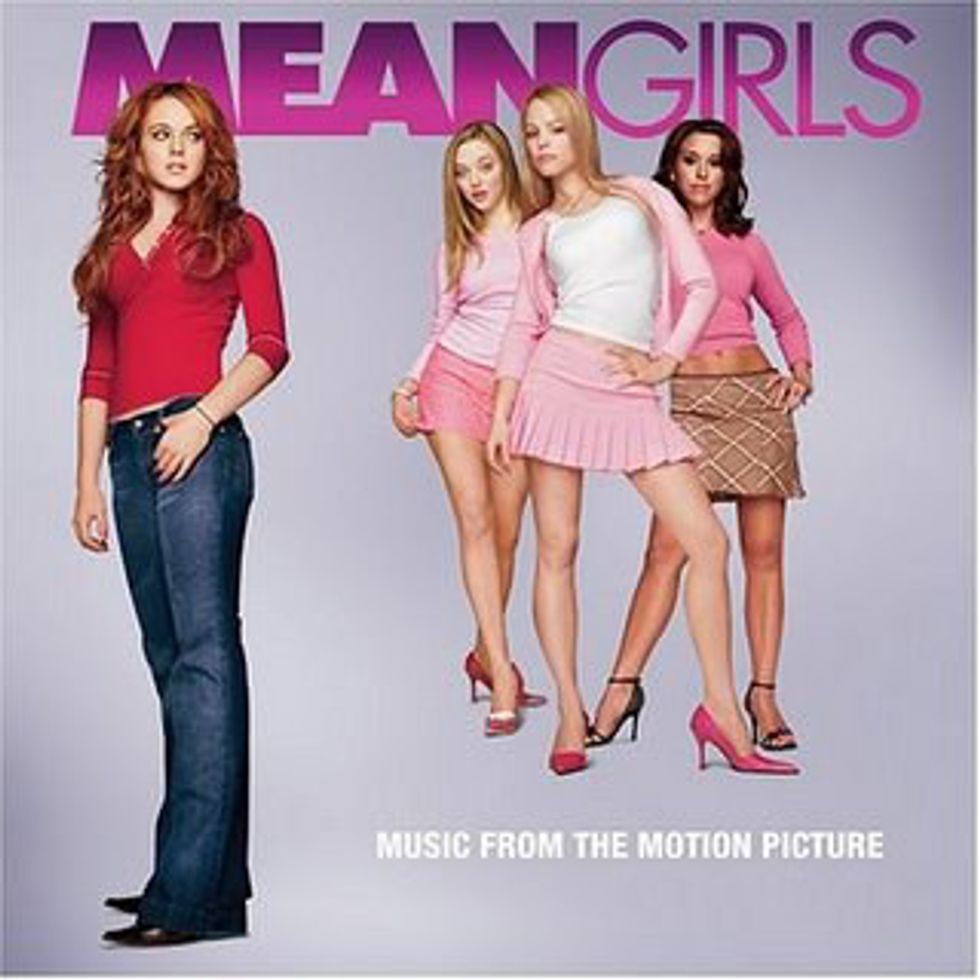“People criticize me because our dancing is not intellectual, because it doesn’t mean anything. Dances are just flowers, and flowers grow without any literal meaning, they are just beautiful” - George Balanchine
Throughout George Balanchine’s lifetime he himself never thought his gender was much to offer without a woman partnership. His fame and happiness was due to his various relationships with his dancers, one courted discreetly at a time, and within his generation he was able to recreate storylines based off of his integrated movements. Being raised in a world in Russia where his childhood was empowered by the beauty and authority of the Orthodox liturgy, boys were known as the choir singers in church, never a dancer. George’s father was a successful musician in his time, specializing in folk, and he was able to first bring the idea of music into the ears of young George.
This happened to be the markings of George’s piano lessons as well, expanding his knowledge in scales, measures, tunes, and melodies not truly understood by the common individual. Due to a house arrest, however, Balanchine’s father was taken away, forcing the family out of their own apartment and left to fend for themselves. Though his mother tried her best to get all three of her children into a type of schooling for education, this left the family parted forever.
By accident, George was accepted into the Imperial School of Ballet (admitted over his sister), but he hated the idea of going to a ballet school. He would try to run away or even re-enter into the Naval Academy, which he did not qualify the first time, but he was constantly found and brought back. After taking a year’s time to fully adjust without any performance, George encountered love again, but this time it was in ballet thanks to his role in Sleeping Beauty. From then on Balanchine developed distinguishing features, making any outside viewer want him despite his “beaky nose and rodent-like teeth” appearance (Robert Gottlieb).
Balanchine became known for his speed, musicality, big jumps, and sharp attacks in his dancing. By the age of sixteen Balanchine had foreseen his future, and it did not involve his own performing career, but rather choreographing on others. Though he never graduated with any degree in music he obtained great honors for dance. In a thirty-two year span, George Balanchine was proclaimed his notoriety and changed the nature and language of dance evermore.
In April of 1936, Balanchine was introduced to the heart of the American theater industry, putting himself on the Broadway map. His show entitled “On Your Toes” would be the introduction to his workings with score writer Richard Rodgers. In the beginning, Rodgers was nervous to be laboring with a Russian ballet genius, but eventually he became accustomed to his ways. They shared the type of relationship where both their roles in the field were separate, the writer and director, but at the same time one could not excel without the other.
Balanchine once told Rodgers how “you write, I put on” in response to his question as to whether or not Balanchine had prepared steps or music written for them. Over duration of time, Rodgers noticed how George would suddenly alter his mood to content whenever he discovered something. Though he would never admit to it, Rodger’s music was a challenge to Balanchine, but he enjoyed executing the themes of innocence and romance within each refrain or harmony.
At the premiere of “On Your Toes” Balanchine met a young woman by the name of Vera Zorina. She was half German and half Norwegian, and happened to be a soloist with Ballets Russes. After returning back to Europe she was offered by George the part of Geva in “On Your Toes”, in which case she accepted and danced Balanchine — the establish of their bond.
Continuing to put on shows with Rodgers and Hart, this lasted for a few years until a man by the name of George Gershwin saw one of George’s pieces and asked him to be a part of an outer Hollywood event titled “The Goldwyn Follies.” This was an occasion centered off of two large-scale dances: “Romeo and Juliet”, and “Water Nymph”. The interesting part of any of George’s choreography was that it reflected his relationships with women. During the era of this performance, the composition was directed with women in full power, leaving a man wanting more of a woman than the woman a man. His ballets were often portrayed as having the man seek while the woman flees.
The fascinating part of Balanchine’s narratives with women is that he valued them more than he valued himself. He set concerts and acts on various dancers, but he could never share both a career and a partner. His work was related to his idealistic and amorous life, and even when he thought he had discovered love with another human being, it diminished.
As said by many ex-wives, “George put women on a pedestal, where they don’t necessarily want to be…suffocating." George had a deep devotion for his ladies, but there was no burning passion for him in return for reasons such as this oppressive love. It was often believed that each lady felt safe with Balanchine, as always when a dancer trusted him and followed him completely, he gave that much more in return, but there were incessantly females who wanted to someday become a mother, supposing George could never provide fathership.
During most of Balanchine’s Broadway and Hollywood successes he was drawn to a captivating woman who was mentioned earlier named Vera Zorina. She was Balanchine’s new stardom-to-be, but this is all she wanted from him. He fell in love with her, much like he fell for the others before her (Geva, Danilova), but to her Balanchine was a friend. The two of them spent long walks together and went on motor trips, but unfortunately because of Zorina’s past with another man she could not trust placing affection onto another person again. One night in 1938 George asked to marry her, finding her to be the quintessential, elusive woman whom was emotionally unavailable like he wanted, and she answered, “Let’s wait."
Eventually they did wed, but not until after the showing of “I Married an Angel,” where Balanchine refined Zorina’s classical technique, and brought about her star quality and large ambitions in making her lead role. Zorina was quoted stating how it was then that she “needed to belong not only to her mother but to her husband”, believing it was the right time to marry George. George made her his world. Any money made from pieces or shows was used to work on the building of a house in Long Island for Zorina, while trying to receive his American citizenship at the same time.
Just like any other of his wives, Zorina only lasted so long. Towards the closing year of 1938 the American Ballet was all but dead. From the Stravinksy Festival of 1937 until 1941, Balanchine created no new ballets. He was offered jobs for other companies, but if there was one company he would involve himself in, it was going to be his own. This was an odd couple years for Balanchine, for his true emotions that were revealed through dance were suddenly exposing themselves on a normal basis. Zorina began talking to another man, she felt pressured by Balanchine’s overbearing warmth, and one evening Balanchine caught the two together and was heartbroken.
Later on that week, when the studio caught on fire, there were mentions of him acting care less as to whether or not he lived or died. His ultimate passion was ballet, but as any viewer could distinguish, Zorina took its place, or at least her passion became his for the keeps. In the year 1946, Zorina and Balanchine divorced. Though I foresaw this as affecting Balanchine’s breakdown in dances, it happened to surprise me when he would still help out Zorina in her career, giving her main parts yet again. He must have loved her so much that her happiness was his and he decided to move on with his career.
Lincoln Kirstein happened to be good friends with Nelson Rockefeller and the two of them made a deal together to get Balanchine and his dancers up and running once again. This contract stated how Kirstein and George would lead a group on an extended tour of Latin America in the summer of 1941. There were thirty-six dancers, however those under eighteen years of age were arrested for false impression they could be prostitutes. The dancers who were left faced blizzards and immobilization for a while along with bad food, but in the end the results proved to be positive.
Balanchine was once again back on the map and this time for good. His tour lasted five months and over one-hundred performances were done. Soon after this for two years he was traveling and working with the Ballets Russe and, to the reader’s not so surprise, he met another dancer. She was all but twenty-one years of age and went by the name of Maria Tallchief. They barely knew each other, but of what Balanchine knew, he wanted. He proposed to her one night after rehearsal and claimed how even if it’s only for a few years, that’s fine.
His marriage with Tallchief reminded me of his own words about dances being flowers. We as humans are all flowers. A flower does not tell you a story about how beautiful something is, but rather it is seen in itself a beautiful thing. Balanchine was willing to risk yet another divorce for the sake of regretting never giving Tallchief a chance. George was smart enough to use what God had given her, the art of her talent, and trusted assembling interesting proportions of movement in time and space to bring this beauty to life. She had an incredible dance and music background, much like George, and studied under Bronislava Nijinska.
Though George was in favor of her technique he re-created her when he asked her to dance for him instead of Denham’s Ballet Russe. The funny part about George is that outside of all his rehearsals and staging, he forgets he ever heard of dance. There’s a lesson to be taken from this in that you can’t think so far ahead. Whether a person is dancing or choreography, you can’t work out what you want in advance. How do you know you can do a move if the move has not been given to you yet? How do you know your dancer will be able to perform a certain lift? George was willing to stand by his own judgments and create on the spot. This is what led him to his highest peak.
In 1946, Kirstein came back from the army and opened up the question of establishing a company called the Ballet Society in conjunction with George Balanchine. In order to get word out this required a brief performance of what was to come, and, as far as seeing the show went, one would have to be subscribed to it ahead of time due to private reasoning. George Balanchine got all his past dancers: American Ballet, The Met, Denham’s Ballet Russe, and the Ballet Caravan to support. There would be an opening performance on November 20th at New York City’s High School of Needle Trades involving two main attractions: Ravel-Colette L’Enfant et les Sortilèges (The Spellbound Child) and The Four Temperaments.
As a critic once wrote, “the long wait, the uncomfortable seats…were immediately forgotten, for there was magic on the stage." The choreography was new, vigorous, and penetrating in imagination so much so that within two years Balanchine’s profession was of explosive creative movements. Unfortunately, in the Ballet Society’s final season in 1948, people were no longer impressed and felt the movement was more of a miming scheme than an execution of dance. With this being said, Balanchine took it upon himself to come up with yet another idea suggesting a move from the smaller stage, City Center, to a larger one, New York State Theater at Lincoln Center in 1964.
Morton Baum, financial director of the City Center, was invited to Balanchine’s last hope of generating a company in a performance that would be the final subscription. Baum was impressed and even suggested a change in name from Ballet Society to New York City Ballet. It was then, in this moment, that after twenty-four years in leaving Russia, fifteen years spent in America, this would become George’s new home.
George Balanchine gave me many teachings to ponder on, and I never even got the chance to meet the man. He said not to worry about what would become of dance in the years to come. He was more focused on the “now”, and what could be utilized with the talent in front of him. One of his specialties involved actually listening to the music and understanding what the composer was trying to express. Through this he would take his own feelings and make shapes with the hands and the eyes to contact, for it is the only communication we have in dance to reach out to others.
I feel like this is information I have been told previously but never truly executed. I tend to lack in terms of performance quality so his words inspire me to be this “flower” and not necessarily worry about the next step or making a mistake, but instead show the exquisiteness we were given in life. There is no right or wrong answer, except for the fact that the outcome will always be beautiful.





 Photo by
Photo by  Photo by
Photo by  Photo by
Photo by 



















